What are Fiddlehead Ferns?
Fiddlehead ferns are a unique and delicious spring delicacy, known for their curly appearance and vibrant green color, and enjoyed primarily in Canada and the northern tier of the United States. This article will guide you through the processes of harvesting, preparing, and cooking fiddlehead ferns. Fiddleheads are the young, coiled fronds of certain fern species, particularly the Ostrich Fern and the Lady Fern. Fiddleheads are usually harvested in the spring when they first emerge from the soil, and their delicate flavor resembles asparagus or green beans so recipes that work for those vegetables usually work for fiddleheads . Fiddleheads are rich in nutrients and antioxidants making them a healthy meal besides being a tasty one.
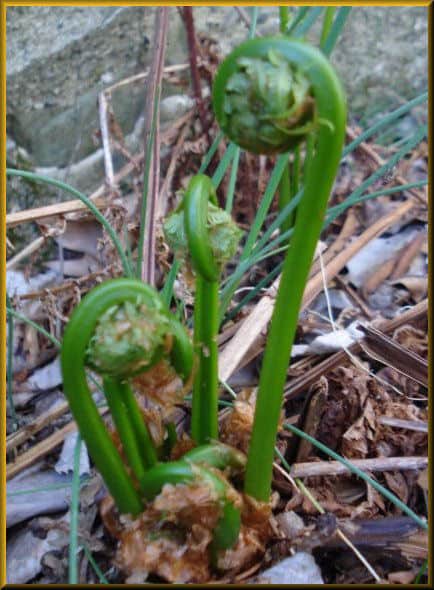
When to Harvest Fiddlehead Ferns: Its all about the timing!
The best time to harvest fiddlehead ferns is between late April and June, depending on your latitude. Climate and weather conditions play a huge roll in this. Look for fronds 4 to 6 inches tall that are tightly coiled. These are the most tender and flavorful.
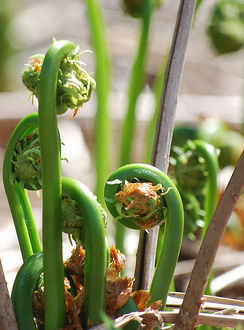
How to identify Fiddlehead Ferns
Not all Ferns are edible, and some are very toxic so it is important identify the edible ones. The Ostrich Fern is the safest choice as they are fairly easy to identify. You can recognize them by their smooth, shiny and dark green fronds. Avoid ferns with bulbous ends or that are hairy as these may be the toxic species.
Sustainable Harvesting Practices
You will find fiddleheads in very moist, shady areas, particularly along streams and rivers in the spring. Here in Maine you will often see them in the ditches along the side of roads and highways. Its best to not harvest these as the runoff from the roads may contain toxins. We "fiddleheaders" protect the location of our favorite patches like a fisherman protects the location of his most productive fishing hole. And we also use sustainable practices when harvesting fiddleheads. We only harvest a few fiddleheads from each plant, leaving some fronds so the plant will thrive. Ostrich ferns are perennials returning to sprout each spring as long as a few fronds are left to feed the underground rhizomes. You should use scissors, garden shears, or a very sharp knife to cut the fronds. Avoid pulling them directly from the ground which will damage the plant and kill it.

Cleaning and Preparing Fiddleheads
Once you have harvested your fiddleheads, its essential that you clean them prop[erly.
- 1. Rinse - Place the fiddleheads ina bowl of cold water and gently swish them around to remove dirt and debris.
- 2. Remove - Remove the brown, papery scales by gently rubbing the fiddleheads as you hold them under cold running water.
- 3. Trim - Cut off any hard, tough or discolored ends with a sharp knife.
- 4. Soak - After trimming, soak the fiddleheads in cold, salted water for about 30 minutes to remove any remaining grit and debris
Cooking Fiddlehead Ferns
Fiddleheads must be cooked before eating. They must never be eaten raw, even in a salad. Cooking removes any toxins and enhances their flavor
Fiddleheads must be cooked before consumption to eliminate any potential toxins and enhance their flavor. Here are the most common cooking methods:
- Blanching - Bring a pot of salted water to a boil. Carefully add the fiddleheads blanching them for 2 minutes. Immediately transfer them to a bowl of cool water to stop the cooking. Don't use ice water as this will discolor them and turn them brown.
- Sautéing - Heat extra virgin olive oil and butter in a sauté pan. Add blanched fiddleheads and sauté for 5-7 minutes until they are tender and lightly browned. Add minced garlic for the last minute of sautéing. Season by adding lemon juice, salt and pepper to taste.
- Steaming - Fill a pot with a couple of inches of water and bring it to a boil. Place the fiddleheads in a steamer basket and steam till tender. It will take about 5 minutes. Serve by drizzling with olive oil or lemon juice until tender.
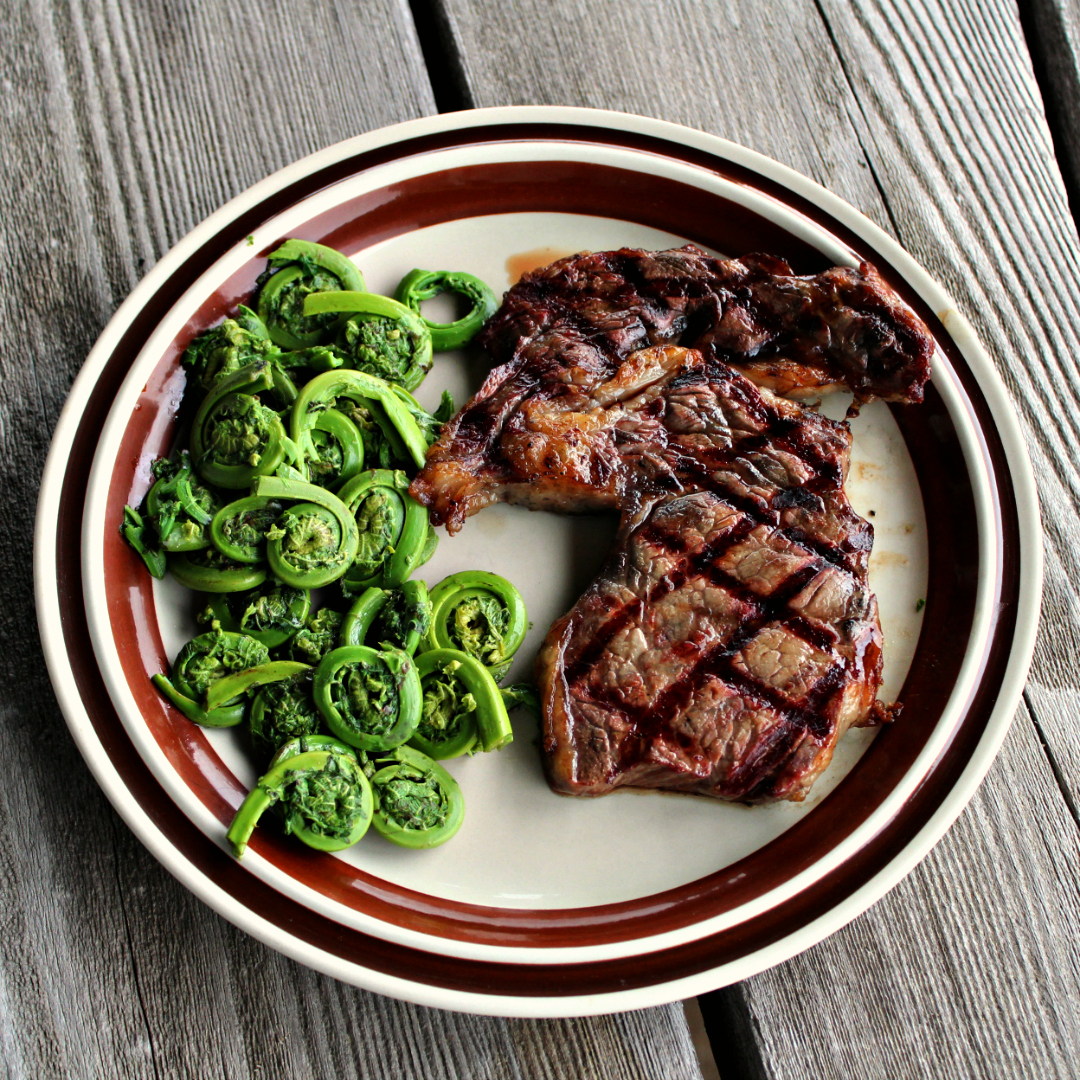
Nutritional Benefits of Fiddlehead Ferns
Fiddlehead ferns are not just a culinary delight that taste great. Fiddleheads are nutritious too. A 1 cup serving is only 40 calories and yet that 1 cup serving contains significant vitamins, minerals, and fiber. Fiddlehead ferns have nutritional benefits such as large amounts of Vitamin A, vitamin C, folate, and potassium.
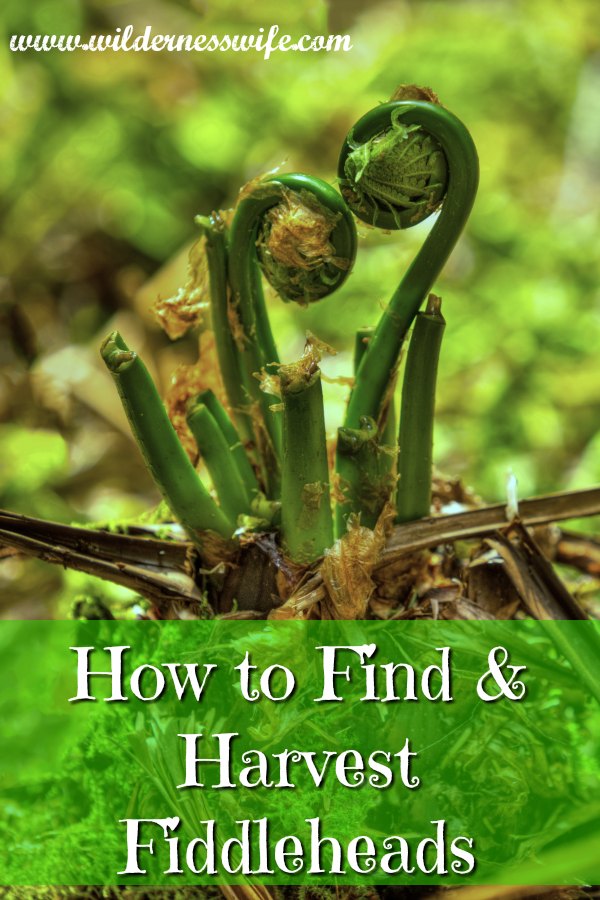

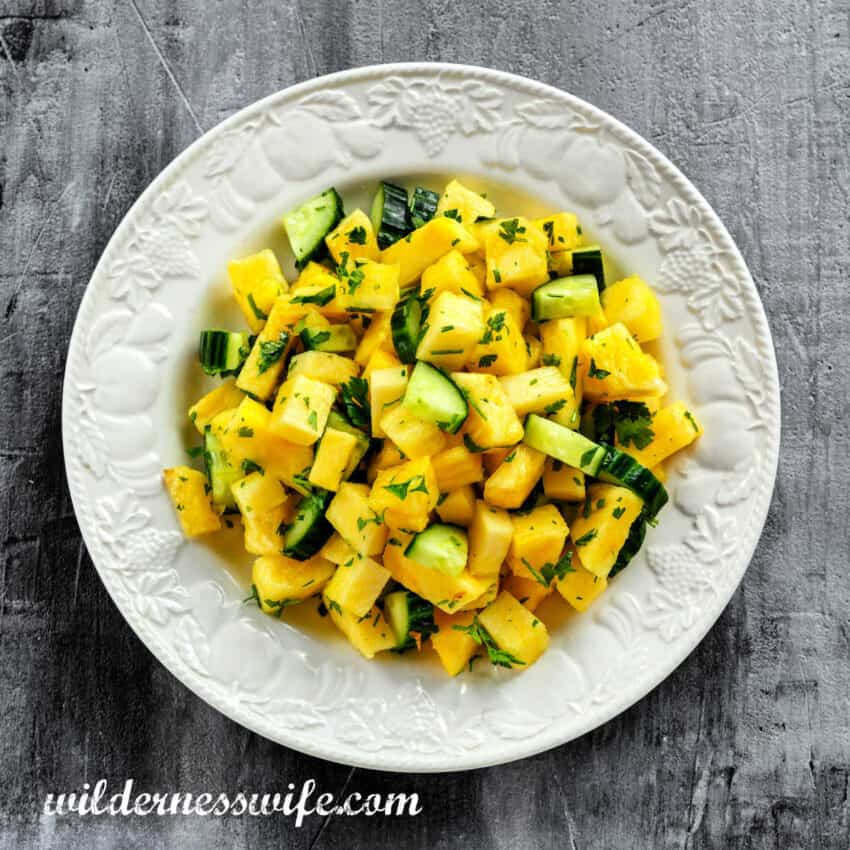
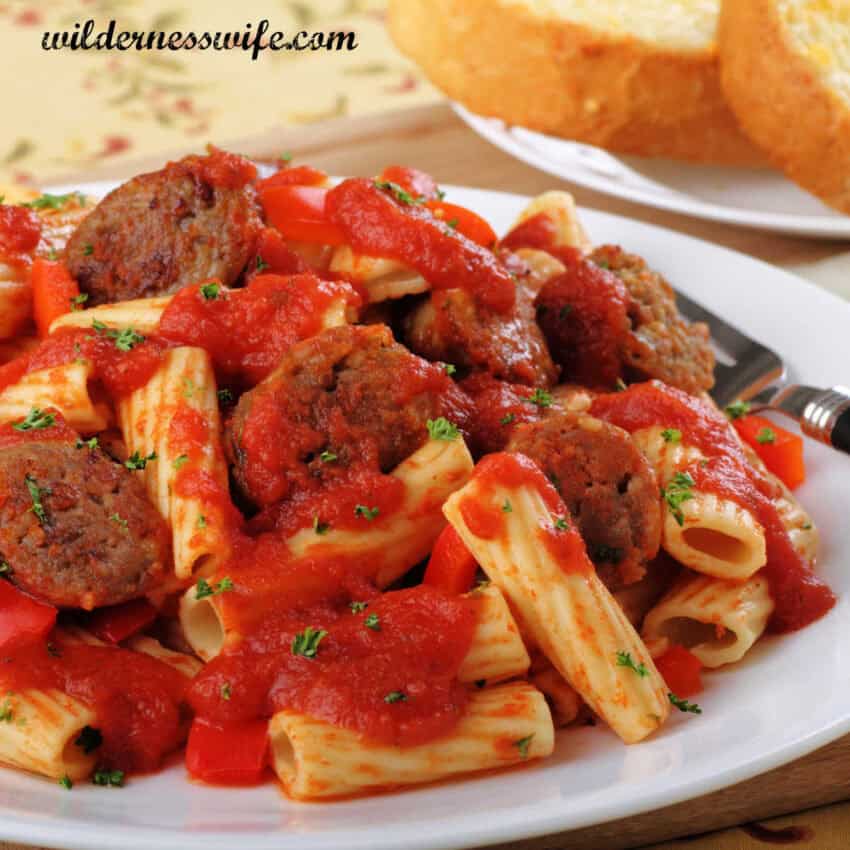

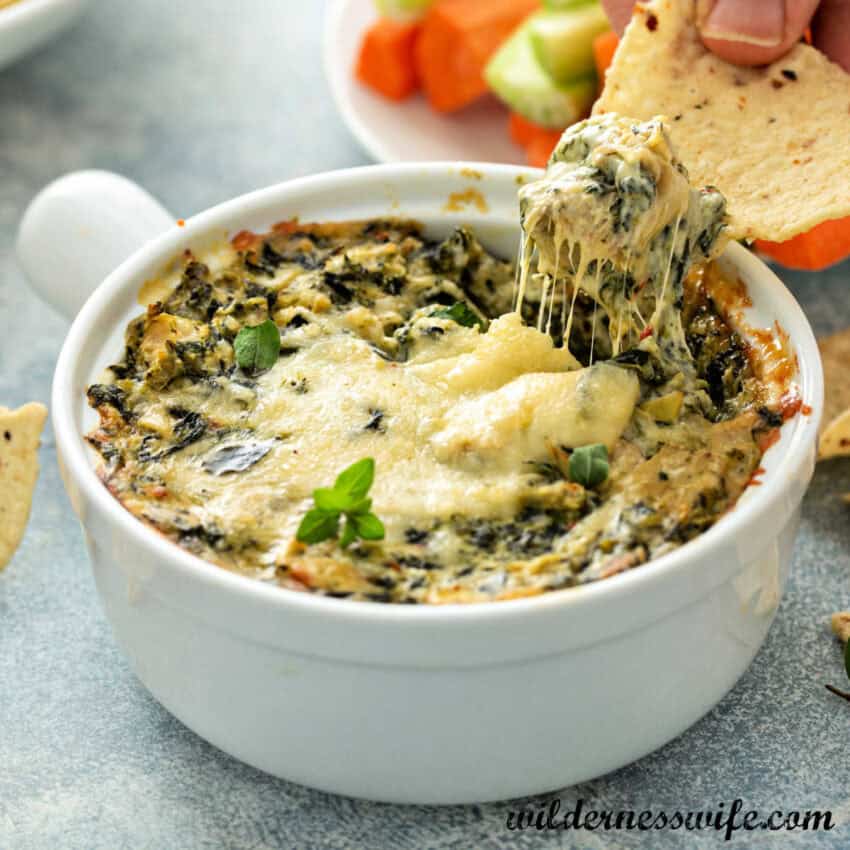
Leave a Reply